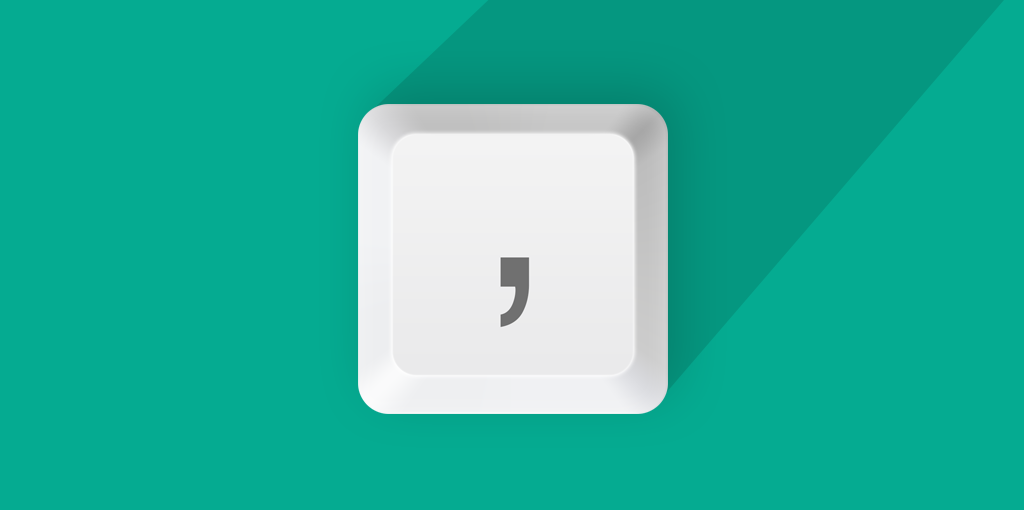Punctuation Matters

Congratulations! You’ve finished your first draft and are ready to edit. Pop a bottle of champagne and enjoy the moment because you’re about to tackle the part you’ve been dreading: proper punctuation. You’ve likely included some punctuation in your first draft, but now it’s time to tighten it up.
What precisely do I mean by punctuation? Every mark you make in your writing to provide clarity to the reader. This includes the period, question mark, exclamation point, comma, colon, semi-colon, ellipsis, parentheses, and dash. Although there may be multiple uses for some of these punctuation, we are going to look at the most common.
Let’s start with the first three. Generally, you end a sentence with either a period, question mark, or exclamation point. There are exceptions to this, such as in dialogue, where a dash may be acceptable but we’ll focus on the norm. A period ends any sentence that is a statement. Of note, when seen in numbers this mark is called a decimal point; when it is seen in abbreviations such as “Dr.” or “Ms.,” it is simply called a point. A question mark indicates that something has been asked. An exclamation point is provided after an interjection such as “Hi,” “Stop,” or “Oh no,” or for emphasis. Use exclamation points sparingly. They should not be used in abundance as they diminish the significance of the thing you are focusing on when used too often.
On to the comma, colon, and semi-colon. These are a little more difficult. Most commonly, a comma is used to separate items in a series or list, before a conjunction, and after a dependent clause. A dependent clause is simply a group of words with a subject and verb that can’t stand-alone as a sentence. For example, “As he turned the corner, …” A colon can be used before a list of items, or after a sentence that can stand-alone to expound upon a point just made. A sentence that can stand-alone is called an independent clause. A semi-colon is used to separate two independent clauses but is less final than a period. It is used when two ideas are related to show the connection between the two. It’s also frequently seen in sentences with transition words like however, therefore, furthermore, moreover, additionally, similarly, and thus. For example, “She studied hard for all of her Biology 101 tests; however, she didn’t pass the course.”
Now, let’s look at the ellipsis. An ellipsis is that group of three dots in a row. For novel writing purposes, ellipses are seen most often when quoting someone or presenting someone’s rambling dialogue or incomplete thought. For example, “He started to tell me about his younger years, ‘When I was a boy, …'”
And finally, let’s discuss parentheses and dashes. Parentheses are used to provide extra information. What is in parentheses is likely not as important as what is outside of them. When used within a sentence, remember that the punctuation will go outside the closing parenthesis. This could be a comma, a period, or other type of punctuation. On the other hand, a dash provides flair and signals to the reader that this is something to pay attention to. Dashes may be used to indicate a change in direction or flow of a sentence, to introduce a list, or to show a period of time, such as 9 a.m. – 5 p.m., or a date range such as January 1- December 31. In dialogue, it may indicate someone is hesitating or getting interrupted. Also, important to note, when a similar mark is seen between words such as “sister-in-law” or “six-pack” this is called a hyphen. In numbers, this mark is called a minus sign.
These are just a few of the ways punctuation can be seen in novel writing. When in doubt, review the rules for the type of punctuation you are considering. This is your novel. Make sure it’s the best it can possibly be.
← Back to blog home